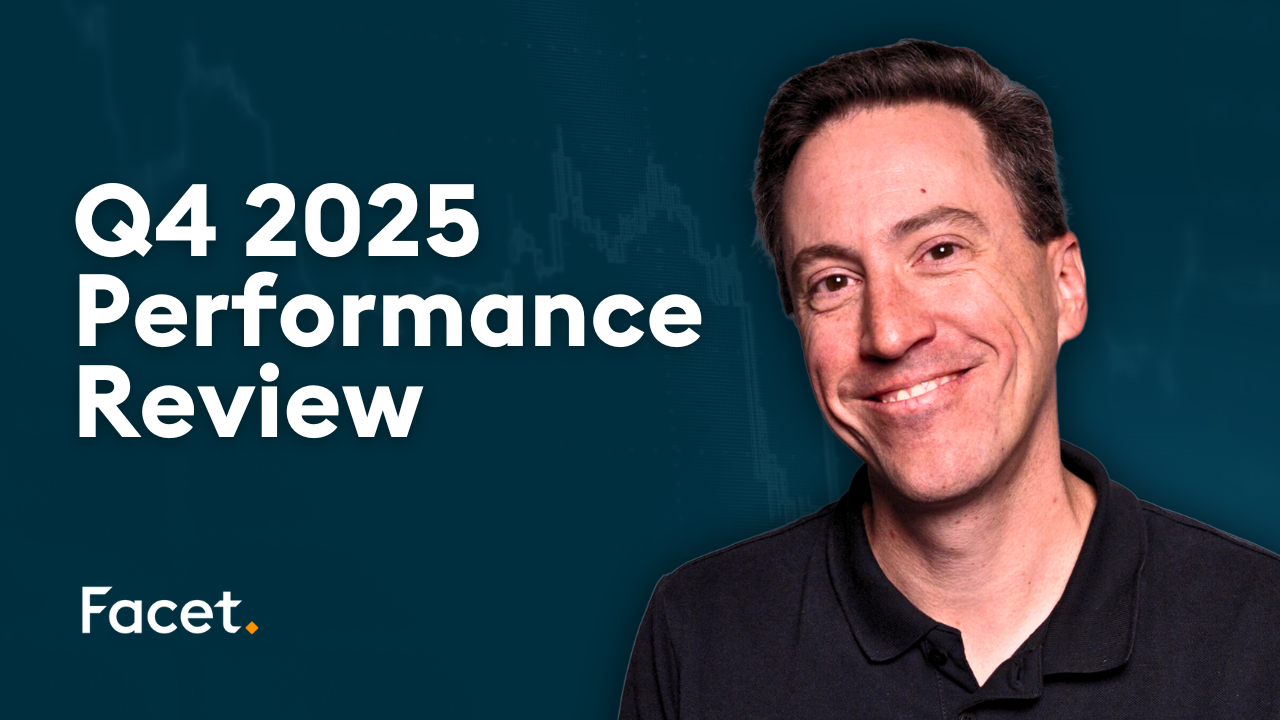
The information provided is based on the published date.
Key takeaways
- Starting August 1, 2025, interest will begin to accrue on loans in the SAVE repayment plan.
- Loans are still in forbearance and payments are not required but interest will accrue, causing the total amount owed to grow.
- Borrowers have options that include doing nothing, making optional payments, and switching to a new repayment plan.
- The Department of Education has provided guidance, but the right choice for you should depend on your personal situation.
- Being proactive and reviewing other repayment options is a smart move and critical to staying in control of your loan repayments.
For the roughly 7.7 million student loan borrowers enrolled in the SAVE plan, the past year has been defined by uncertainty after lawsuits halted the program in June 2024.
Before we break down your options, here’s a simple, scannable breakdown of the most critical updates based on guidance from the Department of Education.
Your payments and loan balance
- Interest restarts August 1, 2025: Interest will begin to accrue (add up) on your loan balance again starting in August. If that interest is not paid, it will add to the overall amount that you must eventually repay.
- Interest will NOT capitalize: In a key piece of good news, the Department of Education has stated that this new interest will not be added to the loan principal. This simply means you won’t pay interest on any unpaid interest.
- You do not have to make monthly payments: SAVE loans are still in forbearance and borrowers are not required to make monthly payments. Your loans remain in good standing whether or not you choose to make any payments.
Your path to forgiveness
- SAVE payments do not count towards forgiveness: A major trade-off of this forbearance is that these months do not count as qualifying payments toward Public Service Loan Forgiveness (PSLF) or any other Income-Driven Repayment (IDR) forgiveness plan.
- Switching plans is an option: You can choose to switch to another IDR plan - like Pay as You Earn (PAYE), Income-Contingent Repayment (ICR) or Income-Based Repayment (IBR) - to restart payments and resume earning credit toward forgiveness.
- Other IDR forgiveness is also paused: Note that the final processing of forgiveness for ICR and PAYE loans is temporarily on hold. If you reach your forgiveness milestone on another plan, you'll be placed in a separate, interest-free forbearance until processing resumes.
Key Dates & Deadlines
- Forbearance period is uncertain: The current payment pause is expected to last at least through the fall of 2025, and possibly longer, depending on how the legal challenges proceed.
- Income recertification Is delayed: You have been given significant breathing room on paperwork. The deadline to recertify your income has been pushed back to February 1, 2026, at the earliest.
- You will eventually be forced to switch plans: Recent legislation will require all SAVE borrowers to switch to one of three new options by August of 2028 - the new Repayment Assistance Plan (RAP), modified Income-Based Repayment (IBR), or a standard repayment plan.
One final point - keep in mind that all of this can change suddenly which is why we encourage everyone to be proactive in reviewing your other repayment options.
Given this complex and evolving landscape, you have four key options to consider as you determine how to best manage your student loans right now.
A detailed look at your options today
Your strategy from here depends entirely on your personal financial situation. Let's break down each option in detail.
Option 1: Switch to a different repayment plan
You can move from the SAVE forbearance to another plan, such as a different Income-Driven Repayment (IDR) plan like PAYE, Income-Based Repayment (IBR), or Income-Contingent Repayment (ICR), or even a standard repayment plan.
If you choose to apply for another IDR plan, here’s what you need to know:
- Loan servicers may place you in a short-term forbearance period up to 60 days while your application is being processed. While you won’t have to make payments at this time, interest will accrue and you will have to pay that interest off when repayments start.
- If your application is not processed within the first 60 days, your loan servicer should place you into general forbearance. Keep in mind it is your responsibility to track this and to make sure everything is processed correctly.
- You will continue to earn credit toward IDR or Public Service Loan Forgiveness (PSLF) if it applies.
Keep in mind ICR and PAYE repayment plans will be phased out by July 1 of 2026 and you will be forced to move to a different plan by July 1 of 2028.
You can learn more in our article that summarizes the main provisions of the One Big Beautiful Bill Act.
How to know if this is the right option for you
- Why do this? This is the only way to continue making progress toward loan forgiveness during this period.
- Who is it best for? Borrowers who are actively pursuing PSLF or long-term IDR forgiveness and want to avoid extending their repayment timeline.
You can estimate your new payments and forgiveness timeline using the Department of Education’s loan simulator.
Option 2: Make optional payments
You are not required to make payments while in forbearance. However, you can choose to manually pay the interest that will start being charged August 1. While this interest will not capitalize, you will have to pay it back when you re-enter repayment in the future.
Our take is that if you decide to stay in SAVE forbearance you should take steps to pay the interest every month to avoid a growing repayment balance.
Keep in mind that you can make payments towards your loan balance (principal) as well. However, if you are pursuing loan forgiveness through an IDR plan or PSLF any optional principal payments you make towards your loans will not count towards your payment count. If forgiveness is your path, we recommend looking at option 1 above or PSLF (more below).
How to know if this is the right option for you
- Why do this? This is an ideal strategy if you want to give yourself time to make a decision. You’ll keep your loan balance from growing and you’ll buy yourself time to review your repayment options and find the best fit for you.
- Who is it best for? Borrowers who want to keep their debt in check but are not yet ready to commit to a new plan, or those whose income is too high to benefit from a low IDR payment.
Option 3: The PSLF "buy-back" provision
This is a highly specialized tool that allows certain borrowers to make lump-sum payments to receive credit for past periods of forbearance or deferment that would not normally count for PSLF. You could be eligible if:
- You have qualifying employment for the months you were in forbearance and did not make payments.
- Any buy-back would complete your 120 qualifying payments for PSLF.
How to know if this is the right option for you
- Why do this? It can accelerate your path to forgiveness if you are very close to the finish line.
- Who is it best for? This is only for borrowers pursuing PSLF who are near their 120 qualifying payments.
As this is a nuanced topic, it is highly recommended to speak with your loan servicer or qualified student loan expert before proceeding.
Option 4: Do nothing (The "wait and see" approach)
That’s right, you can choose to do nothing and wait it out. If you choose this path, remember that interest will start to accrue as of August 1 and you will be required to pay that interest back at some point.
A few things to know if you choose this path:
- With current lawsuits pending, you may not have to make any payments until they are resolved so keep an eye on the interest that accrues.
- You will not earn credit or make progress towards any forgiveness programs under IDR or PSLF.
- With the signing into law of the One Big Beautiful Bill Act on July 4th, you will eventually be forced to move to another repayment plan by August of 2028 if not sooner.
We want to issue a word of caution if you choose this route as timelines could be accelerated putting you in a situation to make a quick decision. We encourage you to do your research on other repayment options in advance so you are prepared.
How to know if this is the right option for you
- Why do this? It provides the most immediate, short-term cash flow relief and could help you focus on other short-term goals like paying down credit card debt, building an emergency fund, etc.
- Who is it best for? While generally not recommended, this may be a necessary short-term solution for someone facing a temporary financial hardship. The risks are significant: your debt will grow, and you will not make progress toward forgiveness.
Your 3-step action plan to make a confident choice
With those options in mind, here’s what we encourage you to do next:
- Look at your other repayment options. Before you can decide, you need facts. Contact your loan servicer and ask for a complete list of all the repayment plans you are eligible for, along with the estimated monthly payment for each. Request this information in writing to ensure accuracy and to have a document to review. You can also use the Federal Student Aid Loan Simulator as a helpful estimation tool.
- Analyze your options based on your goals. With your written options in hand, ask yourself: What is my primary goal? Is it the lowest possible payment right now? Is it achieving loan forgiveness as quickly as possible? Is it paying the least amount of total money over the life of the loan? The answer will help clarify which option is best for you.
- Create and execute your plan. Decide which of the four strategies aligns with your goals and take the necessary steps to implement it, whether that's setting up interest-only payments or submitting an application to switch plans.
When to seek expert advice
While many can navigate this choice using the information available, you don't have to make this decision alone, especially if your situation is complex. If you feel unsure, consider talking to a Certified Financial Planner™ (CFP®) professional or a student loan expert.
An expert can help you:
- Analyze the long-term financial impact of each repayment option.
- Model how your student loan strategy affects other major goals, like saving for retirement or buying a home.
- Provide an objective opinion and give you confidence that you are making a well-reasoned choice.
By following the steps above and seeking help when needed, you can take back control of your student loan strategy and navigate this period of uncertainty with a clear plan.
Sources:
Brent Weiss
Facet Wealth, Inc. (“Facet”) is an SEC registered investment adviser headquartered in Baltimore, Maryland. This is not an offer to sell securities or the solicitation of an offer to purchase securities. This is not investment, financial, legal, or tax advice. Past performance is not a guarantee of future performance.


